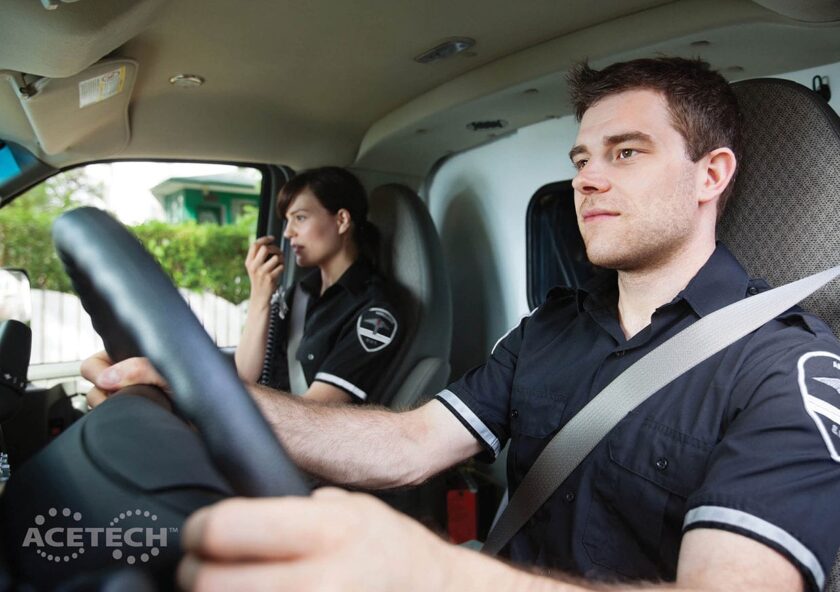
There are many different aspects of safety in an EMS organization; vehicle operations, patient care and staff safety. By far the area that causes the most injuries and fatalities is vehicle operations. It is estimated that 54% of EMS fatalities result from vehicle crashes.
When you drill down and analyze the data, it becomes evident that driver behavior was a leading cause for these crashes. Failure to use restraint systems in the front compartment was cited in 21% of the fatal crashes. That was a conscious decision by a crew member to disregard policy, state law and common sense. In addition, what message is this sending to the public when an ambulance crew member is observed not wearing a seat belt?
The ambulance manufacturers have finally recognized crew safety is becoming a priority when designing their vehicles. Until the patient compartment conforms to the Federal Motor Vehicle Safety Standards, we still have a long way to go in building a safe ambulance that rivals our European colleagues. In the meantime, we must be proactive in preventing the crash in the first place.
Developing a culture of safety is not an arduous effort. There are many different tactics to accomplish this without having to totally reinvent your operation. You will also recognize a sizable cost savings the more in depth and comprehensive your program is.
With ambulance crashes the leading cause of negligent lawsuits, insurance companies recognize safe fleet operators and reward them with lower premiums. Hence the opposite is true. Excessive preventable crashes will result in increased rates and greater chances of legal litigation. The priority here should not be financially driven, protecting lives is.

Some simple steps to start a culture of safety begin right at hiring. One EMS Operations Manager told me they hire first for behavior then for competencies. A quick look at an applicant’s driving record is a good start, but don’t end it there. All staff should have their driving record evaluated annually for moving violations and preventable crashes. Didactic and hands on training are crucial during orientation and if you have tenured staff with poor driving habits, remediate with the same training. Other key components are driving manuals, policies, safety committees, crash investigation board and vehicle monitoring devices that keep watch on your staff driving behavior all the time.
To ensure safety success and reduce your risk, a safety program must be a priority and always evolving in your operation. The cost of losses today is staggering not only in human tolls, but damaged reputation, credibility and public perception can hinder your success for years to come.
About the Author:

David R. McGowan
David McGowan, ASHM, has more than 35 years of experience in EMS serving as a clinician and administrator for fire and hospital-based services. He is an accomplished administrator in Operations, Communications, Marketing, Business Development and Systems Quality. McGowan is recognized nationally for his expertise in ambulance safety programs. He has had many speaking engagements at national EMS conferences and has authored numerous publications and papers. McGowan provides expert consultation for ambulance operators, manufacturers, educational institutions, government agencies and legal firms.
Mr. McGowan is highly regarded as an expert in safe ambulance operations with clients ranging from small to very large operations. His client list is a “who’s who” of Emergency Medical Services, not only here in the US but in Europe as well.
Before joining ACETECH™, Mr. McGowan was employed by ZOLL Road Safety where he provided his clients with best practices in ambulance safety. His vast experience in EMS and vehicle telematics provides a unique approach to develop and enhance safety solutions.